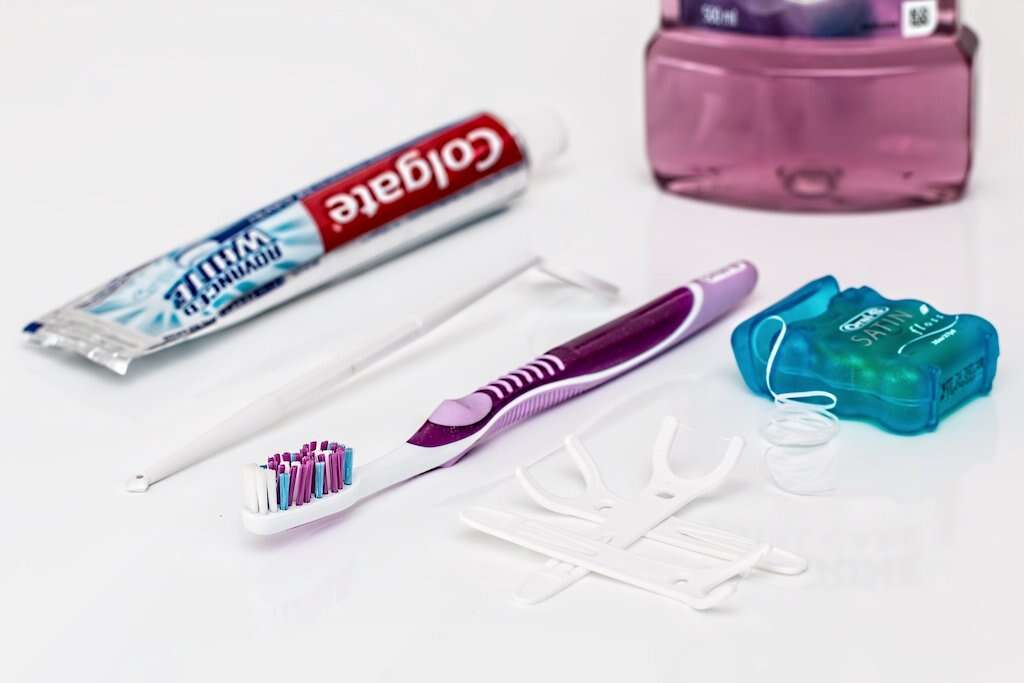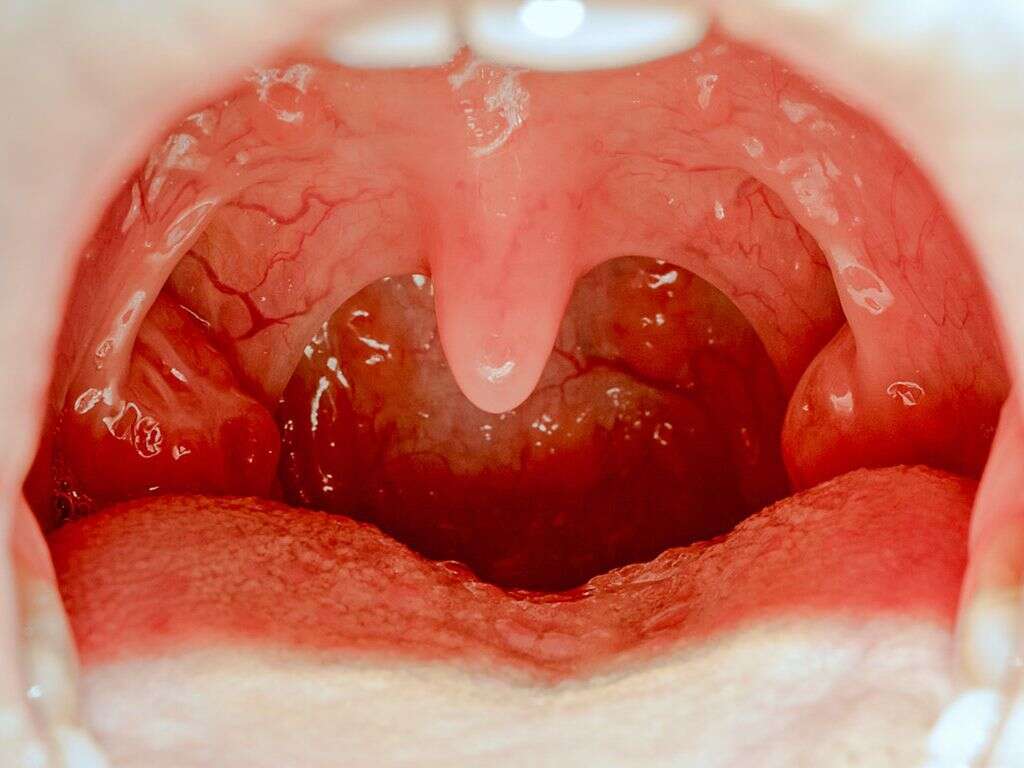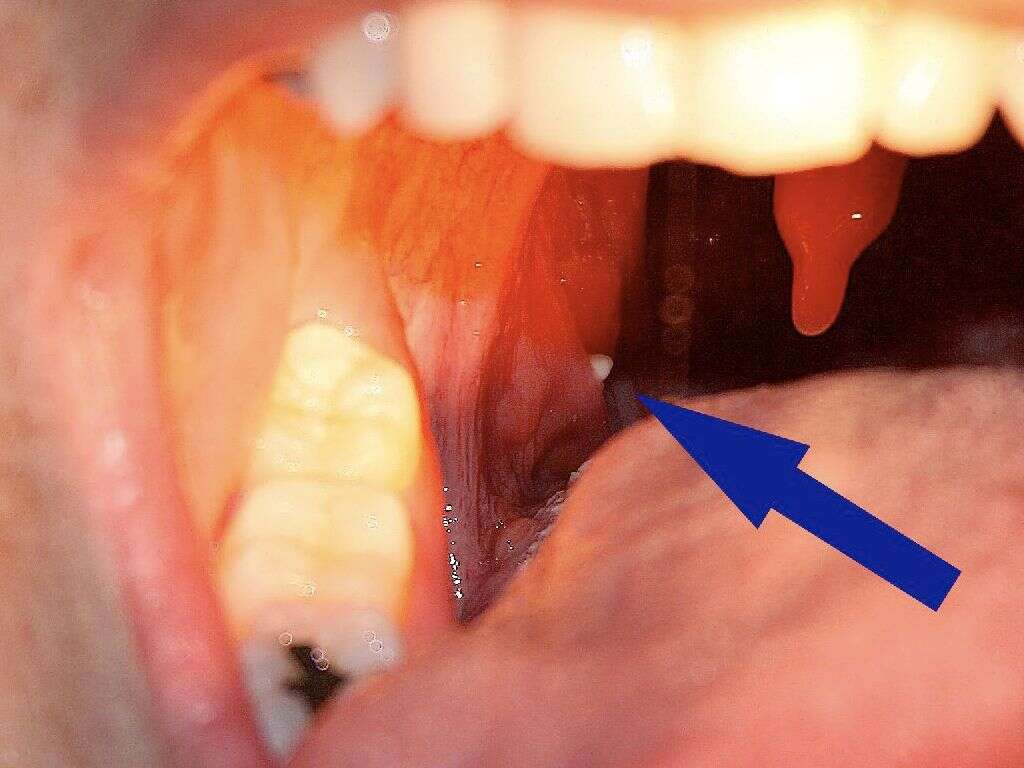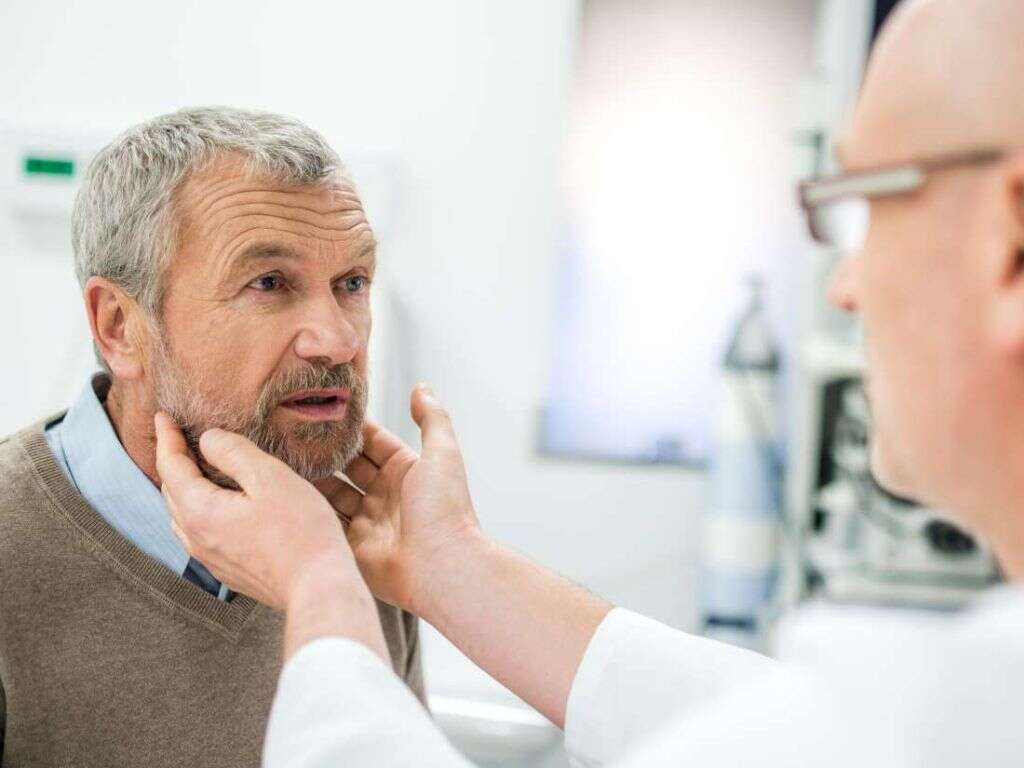Tonsillolith Symptoms, Causes & More
 Article Sources
Article Sources
- 1. Krespi, Yosef P., and Victor Kizhner. 'Laser Tonsil Cryptolysis: In-Office 500 Cases Review.’ American Journal of Otolaryngology, W.B. Saunders, 10 Apr. 2013, www.sciencedirect.com/science/article/abs/pii/S0196070913000690#
- 2. C. Chang; R. Thrasher. 'Coblation Cryptolysis to Treat Tonsil Stones: a Retrospective Case Series.’ Ear, Nose, & Throat Journal, U.S. National Library of Medicine, pubmed.ncbi.nlm.nih.gov/22711390/
- 3. Alfayez, Abdulrhman, et al. 'A Giant Tonsillolith.’ Saudi Medical Journal, Saudi Medical Journal, Apr. 2018, www.ncbi.nlm.nih.gov/pmc/articles/PMC5938656/
Tonsilloliths, also known as tonsil stones, are stones which can form at the back of the throat within the tonsils. They are not serious but can cause a sore throat or bad breath.
Tonsil stones can grow into large formations that may cause the tonsils to appear swollen. Tonsilloliths can occur at any age but are more common in adults than in children. Some people just develop one, whereas others can have over one at a time. In some people, even when they get rid of one, another one forms somewhere else. In rare cases, tonsilloliths may lead to more serious health conditions.
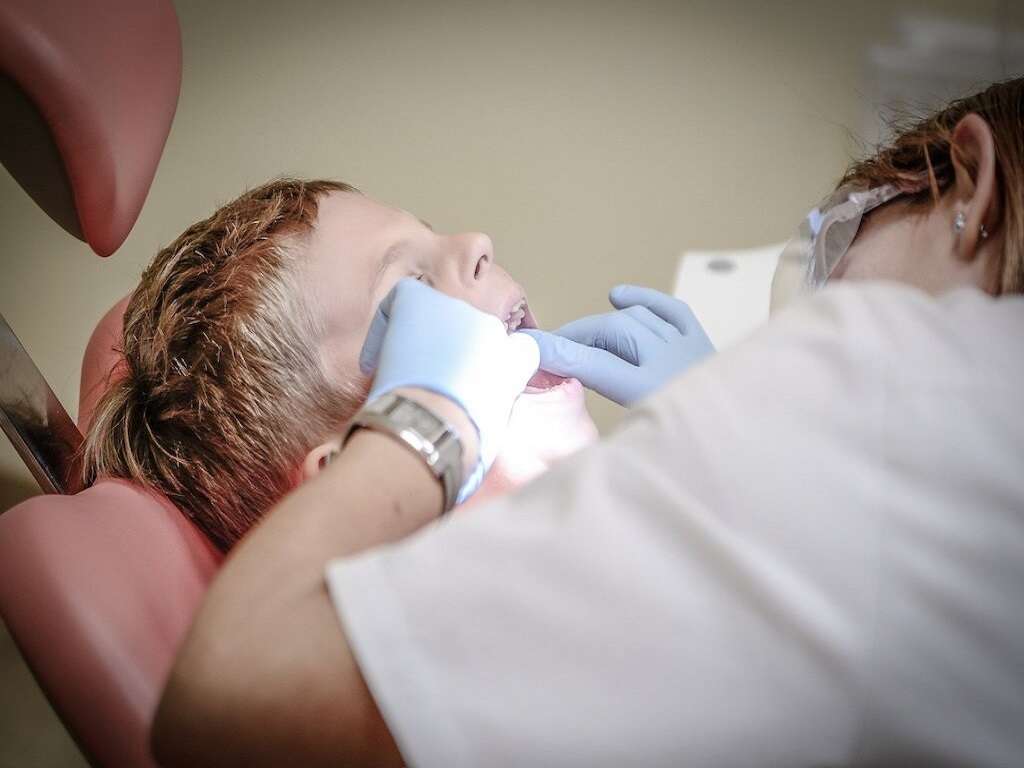
Causes
Tonsils can have pockets, tunnels and crevices, which are commonly known as tonsil crypts. These spaces in the tonsils may trap various forms of debris, such as food, saliva and dead cells, that build up over time. Microorganisms such as fungi and bacteria feed on the buildup and release a distinctive bad odor.
As time passes, the debris solidifies into a tonsillolith. An individual may have only one large tonsillolith or many smaller ones. Tonsilloliths may occur because of chronic sinus issues, chronic inflammation of the tonsils or poor dental hygiene. Viral infections due to the adenovirus and rhinovirus are also common causes.3Alfayez, Abdulrhman, et al. ‘A Giant Tonsillolith.’ Saudi Medical Journal, Saudi Medical Journal, Apr. 2018, www.ncbi.nlm.nih.gov/pmc/articles/PMC5938656/
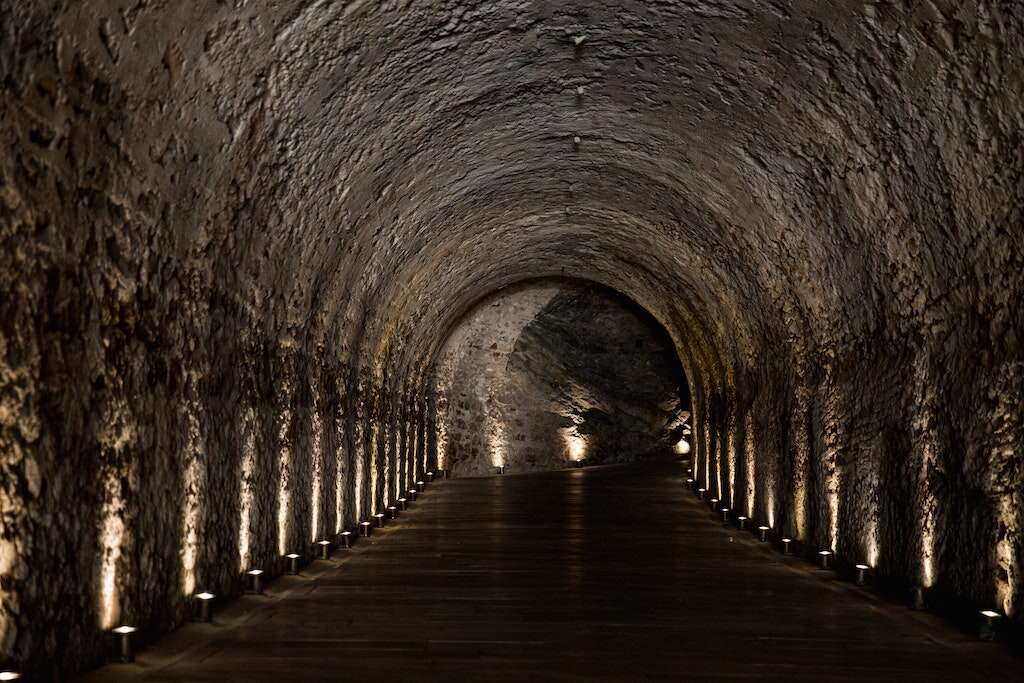
Symptoms
Small tonsilloliths may not produce any noticeable symptoms. Even when the tonsilloliths are large, sometimes they're only visible on a CT scan or X-ray. However, when a person has symptoms, they may include bad breath, a sore throat, coughing, visible white debris, difficult swallowing, ear pain and tonsil swelling.3Alfayez, Abdulrhman, et al. ‘A Giant Tonsillolith.’ Saudi Medical Journal, Saudi Medical Journal, Apr. 2018, www.ncbi.nlm.nih.gov/pmc/articles/PMC5938656/
Bad breath is a common symptom of tonsilloliths. Also known as halitosis, bad breath may occur when the tonsils become infected. When tonsilloliths occur along with infected tonsils, a person may experience a sore throat.

Prevention and Outlook
There are some steps a person may take to prevent tonsilloliths. These include practicing good oral hygiene by using a toothbrush with a tongue scraper to remove bacteria from the back of the tongue.
For smokers, quitting may greatly reduce the likelihood of developing tonsilloliths. Gargling with warm, salty water and staying hydrated by drinking plenty of water may help prevent tonsilloliths. Even though tonsilloliths are common, in some rare instances, they may lead to serious health problems.
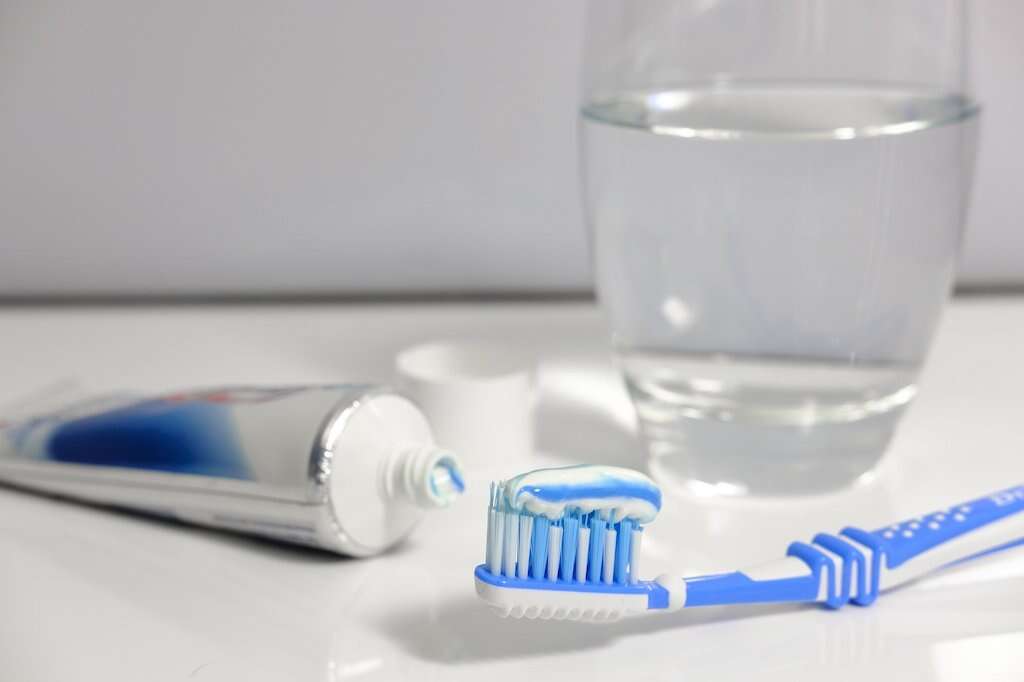
Removing Tonsil Stones
Tonsilloliths are typically harmless. However, many people choose to have them removed when they cause discomfort or produce a bad odor. Options for addressing tonsil stones range from home remedies, such as gargling with salt water, to medical procedures.
Using salt water to gargle vigorously may dislodge the tonsilloliths and ease a person's throat discomfort. The salt water may also alter the oral microbiome and potentially eliminate the bad smell from tonsilloliths. Coughing energetically may also loosen the stones.

Manual Removal
It's not advisable to attempt to remove tonsilloliths with a toothbrush or other rigid item because the tonsil tissues are delicate. A gentle approach is recommended. Trying to remove them manually is risky and may cause complications such as infection or bleeding.
If symptoms are bothersome, a person should seek a doctor's advice on the best action to take. The doctor may perform a minor surgical procedure if the tonsilloliths become excessively large and cause pain or discomfort.

Cryptolisis
Tonsilloliths may be removed through laser tonsil cryptolysis or coblation cryptolysis. During laser tonsil cryptolysis, the doctor uses a laser to remove the crypts that house the tonsilloliths.1Krespi, Yosef P., and Victor Kizhner. ‘Laser Tonsil Cryptolysis: In-Office 500 Cases Review.’ American Journal of Otolaryngology, W.B. Saunders, 10 Apr. 2013, www.sciencedirect.com/science/article/abs/pii/S0196070913000690# Local anesthesia may be used for this procedure, and the patient recovers after a short period.
The coblation cryptolysis procedure doesn't involve the use of heat.This uses a laser or a radiofrequency wand to scar your tonsils, making tonsil stones less likely.2C. Chang; R. Thrasher. ‘Coblation Cryptolysis to Treat Tonsil Stones: a Retrospective Case Series.’ Ear, Nose, & Throat Journal, U.S. National Library of Medicine, pubmed.ncbi.nlm.nih.gov/22711390/

Tonsillectomy
Depending on the extent of the problem, the doctor may remove the tonsils using a coblation device, laser or scalpel. This procedure may be controversial. Doctors who favor it for treating tonsilloliths commonly recommend it only for the most severe and chronic cases.3Alfayez, Abdulrhman, et al. ‘A Giant Tonsillolith.’ Saudi Medical Journal, Saudi Medical Journal, Apr. 2018, www.ncbi.nlm.nih.gov/pmc/articles/PMC5938656/
A tonsillectomy may also be used in cases where tonsilloliths and tonsillitis occur at the same time. In cases where a tonsillectomy is used to address tonsilloliths, it may be recommended only when other approaches are unsuccessful.
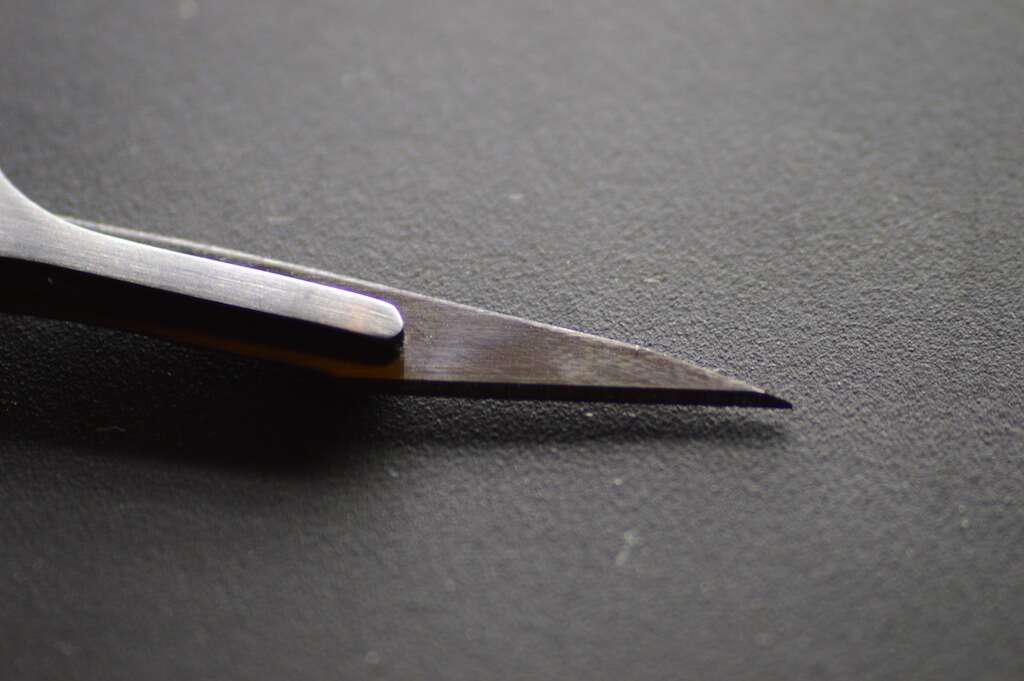
Antibiotics
Antibiotics may be used to manage tonsilloliths in some cases. The medications may decrease the bacterial count that may cause or worsen the development of the tonsilloliths.
However, antibiotics may not address the underlying cause of tonsil stones and these medications may have side effects. Therefore, antibiotics aren't generally recommended as a long-term solution. This means that the problem with tonsilloliths may persist or develop again after a person stops taking antibiotics.
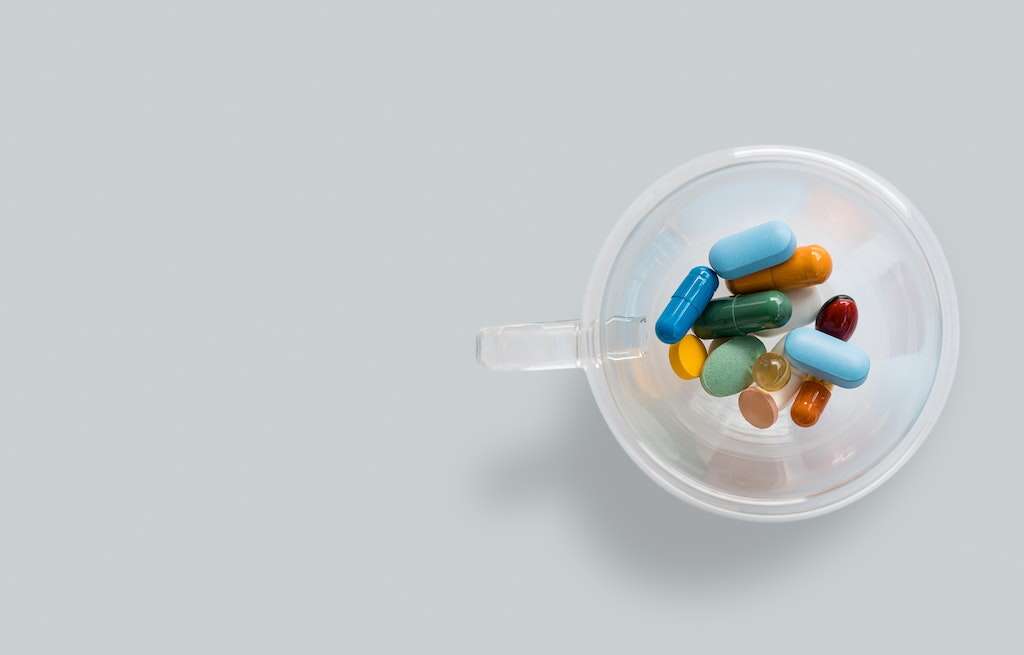
Complications From Tonsilloliths
Tonsilloliths rarely lead to complications. One of the most severe complications is that tonsilloliths may cause a deep infection in the tonsils. Such an infection is referred to as an abscess, which is a pocket filled with pus. An abscess may also occur from tonsillitis.
The development of large tonsilloliths may damage the tissues of the tonsils and cause significant swelling, inflammation and infection. Where infections result from tonsilloliths, surgery such as a tonsillectomy may be necessary.

Are Tonsilloliths Contagious?
Tonsilloliths aren't contagious. They form because of biofilm, which is a combination of bacteria native to the mouth and external fungi that interact with the oral microbiome. The mixture adheres to moist surfaces.
Tonsilloliths develop when this material hardens and lodges within crevices and crypts in the tonsils. Plaque is another form of biofilm in the mouth. Dental health problems such as cavities may also result from the biofilm. Brushing the teeth regularly, flossing and having regular dental cleanings may help manage these issues.
